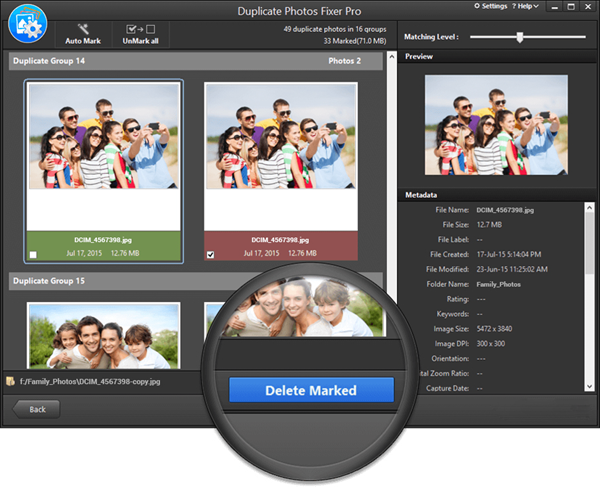


Overall, the 14-day COVID-19 incidence was 7.0, 18, and 36 cases per 100 000 persons within the sewer network area when the probability to detect SARS-CoV-2 RNA in wastewater samples was 50%, 75% and 95%, respectively. Only six out of 693 WW samples were positive with SARS-COV-2 RNA when the reported COVID-19 case number from the preceding 14 days was zero. The range of the SARS-CoV-2 detection rate in WW varied from 33% (including 10% uncertain results) in Pietarsaari to 100% in Espoo. Over the 10-month surveillance period with an extensive total number of samples, the detection rate of SARS-CoV-2 RNA in WW was 79% (including 6% uncertain results, i.e., amplified only in one out of four, two original and two ten-fold diluted replicates), while only 24% of all samples exhibited gene copy numbers above the quantification limit. SARS-CoV-2 RNA signals at each WWTP were compared over time to the numbers of confirmed COVID-19 cases (14-day case incidence rate) in the sewer network area. Quantity of SARS-CoV-2 RNA fragments in 24 h-composite samples was determined by using the ultrafiltration method followed by nucleic acid extraction and CDC N2 RT-qPCR assay.

3.3 million inhabitants (∼ 60% of the Finnish population). Here, SARS-CoV-2 RNA was monitored from a total of 693 wastewater (WW) influent samples from 28 wastewater treatment plants (WWTP, N = 21–42 samples per WWTP) in Finland from August 2020 to May 2021, covering WW of ca. Wastewater-based surveillance is a cost-effective concept for monitoring COVID-19 pandemics at a population level.


 0 kommentar(er)
0 kommentar(er)
